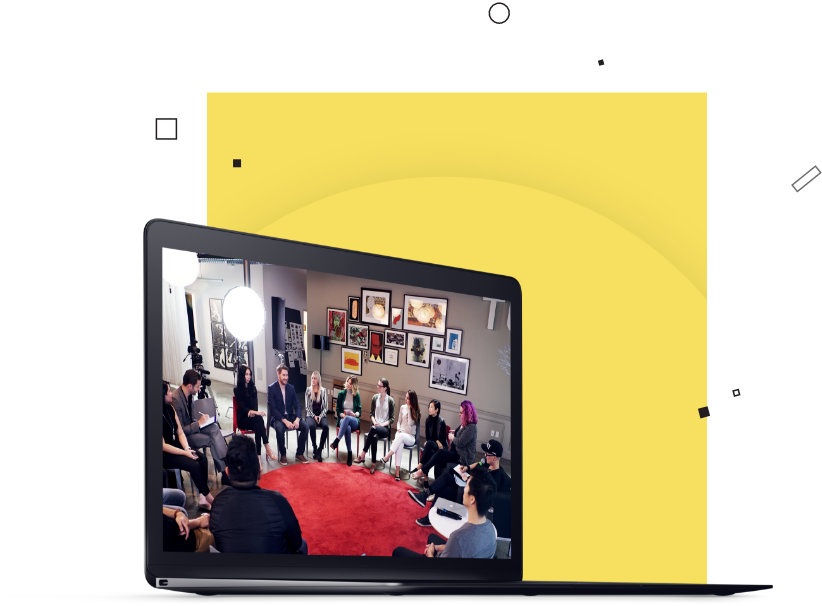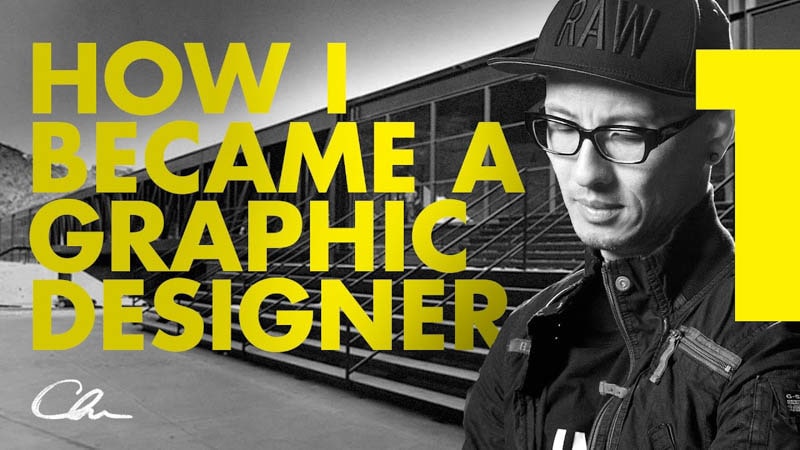Be The First To Know
Join Our Newsletter
Pitch This! How to Present Design Work to Clients like a Pro!
While it’d definitely make selling our design work a whole lot easier, it’s just not realistic. When it comes to pitching, you have to know how to present your design work to clients.
In this video, Chris and Mr. Ben Burns each practice selling an idea based on a stylescape created for a client. They dive into the art of pitching, what it entails, and how you can start presenting design work to clients like a pro.
Your ideas might be great, and you might be an incredibly talented designer, but if you don’t know how to talk about your design work, you’ll have a hard time landing projects.
Pitching is all about painting a vivid picture with your words. The language you use holds immense power in how your design work is perceived by the client. That’s why it’s absolutely essential you build up a visual vocabulary to present ideas.
We put together a free visual vocabulary worksheet to help you get started—just click here to download it.
Building up a visual vocabulary doesn’t mean you tell the client about the typographic details, or the shade of each color in your palette. A visual vocabulary paints a picture in the client’s mind; it’s vivid and easy to imagine coming to fruition.
Clients usually tend to have a sense for good design, but they may not know why. It’s your job as you pitch, then, to take something that they don’t know, and attach it to something they do know.
Your pitch fills the gaps of imagination with an engaging story that brings your design work alive.
Use words that tantalize all five senses. Get the client to see, hear, feel, smell, or even taste, how your design will live and breathe in the real world. Bring their target consumer to the story. What is their personality like, and what do they bring to the business?
Just as you put deliberate thought and intention into everything on a Stylescape, you should do the same with your pitch.
Pitch This! How to Present Design Work to Clients like a Pro!
If your work is good, shouldn’t it speak for itself?
If your work is good, shouldn’t it speak for itself?
While it’d definitely make selling our design work a whole lot easier, it’s just not realistic. When it comes to pitching, you have to know how to present your design work to clients.
In this video, Chris and Mr. Ben Burns each practice selling an idea based on a stylescape created for a client. They dive into the art of pitching, what it entails, and how you can start presenting design work to clients like a pro.
Your ideas might be great, and you might be an incredibly talented designer, but if you don’t know how to talk about your design work, you’ll have a hard time landing projects.
Pitching is all about painting a vivid picture with your words. The language you use holds immense power in how your design work is perceived by the client. That’s why it’s absolutely essential you build up a visual vocabulary to present ideas.
We put together a free visual vocabulary worksheet to help you get started—just click here to download it.
Building up a visual vocabulary doesn’t mean you tell the client about the typographic details, or the shade of each color in your palette. A visual vocabulary paints a picture in the client’s mind; it’s vivid and easy to imagine coming to fruition.
Clients usually tend to have a sense for good design, but they may not know why. It’s your job as you pitch, then, to take something that they don’t know, and attach it to something they do know.
Your pitch fills the gaps of imagination with an engaging story that brings your design work alive.
Use words that tantalize all five senses. Get the client to see, hear, feel, smell, or even taste, how your design will live and breathe in the real world. Bring their target consumer to the story. What is their personality like, and what do they bring to the business?
Just as you put deliberate thought and intention into everything on a Stylescape, you should do the same with your pitch.






.webp)

















